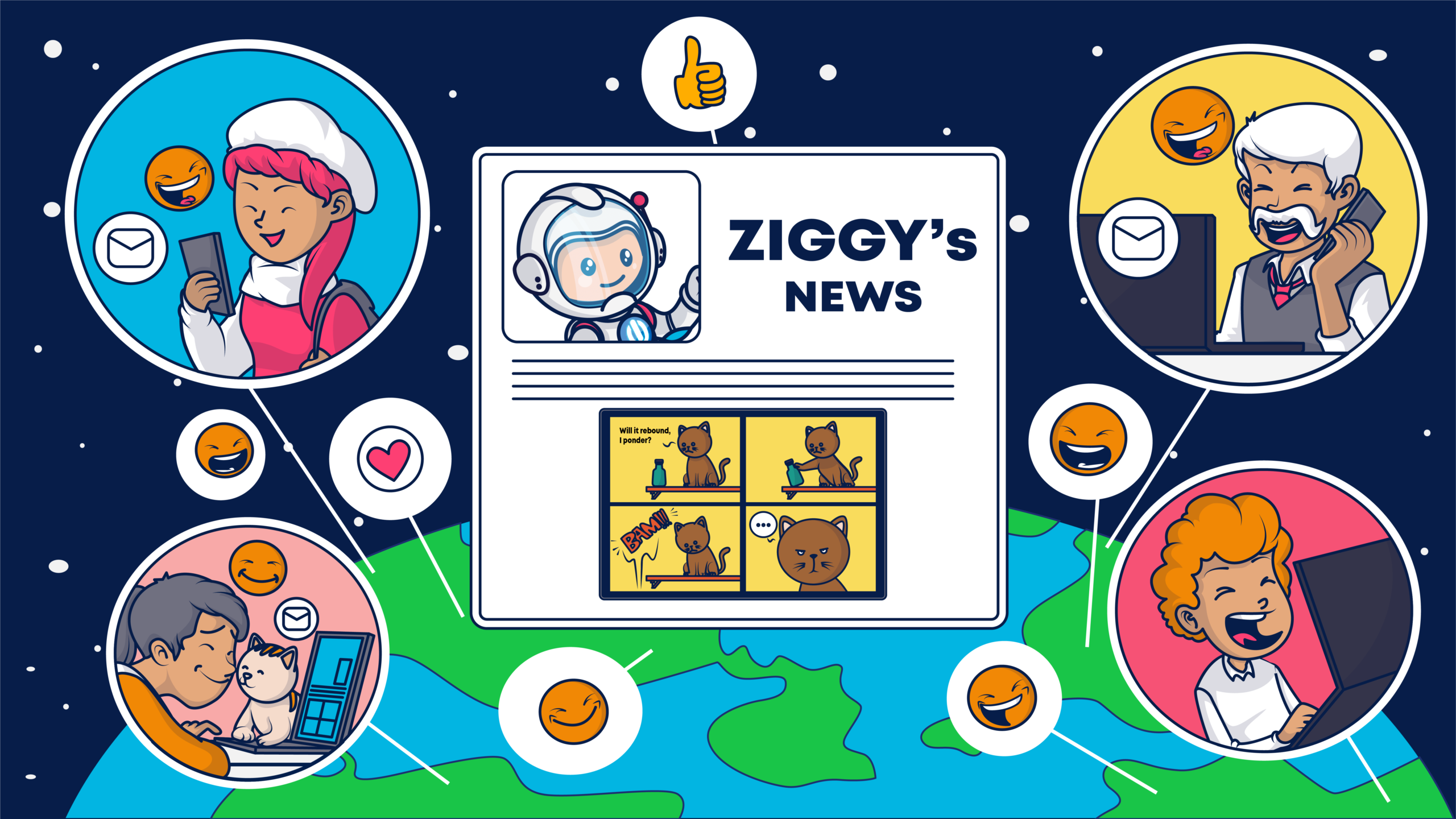A few years ago, I received an 11-inch by 16-inch journal from my mother as a birthday present. I had casually mentioned in conversation a week before my birthday that I wanted “a large journal.” What I meant was a journal with many pages: a long journal. It was my fault for communicating imprecisely. She, in her best attempt at a thoughtful present, got verbatim what I asked for. We still laugh about that comically large gift-gone-awry.
I expected my mother to know what to get me because I dropped hints about it.
Your email subscribers feel the same way.
They drop hints with their online actions and it is up to you to notice their behavior and send personalized emails accordingly.
Four examples of personalized email marketing campaigns done right
1. Use past purchases to predict future purchases
When email personalization first became possible, all email marketers rushed to address mailings as “Dear <FIRSTNAME>.”
Then, we gained the abilitWhen Banana Republic shoppers buy luxurious and stylish jeans online, the retailer tracks their clothing purchases sends an email recommending similar clothing items to purchase. (This email sample is from Shopify’s blog.)
The messages add elements of exclusivity, scarcity, discount offer, and trust-building guarantees to hyperpersonalize the message for the buyer.
By tracking the past behavior of visitors, no matter what your industry or niche, you can personalize future messages to pique their interest and win their attention.
What services has your customer used in the past? Which ads has she clicked? Which past emails has she forwarded to friends? All of this information is available to you and can be used to optimize your personalization strategy.
2. Use the subscriber’s past actions to personalize content
The subtle hints your subscribers drop may come from past emails they open and engage with – this tells you what topics (or offers) interest them.
Here is a dating coach’s emails I subscribe to. Undoubtedly, he tracks which past emails I have opened and which links I have clicked and he has classified me based on my past behavior.
In his messages, he makes a poignant point about one of his current or former client’s aha moments and then say, “I bet you, NAME, have felt the same.” It’s impressive not just because he addresses me by name, but because he knows what I need to hear. It’s like someone read my (giant) diary.
To marketing professionals, this may seem like an overused tactic… but unless your subscribers are advanced email marketers themselves, this could prove to be quite effective.
The first email in which I saw my name was a wonderful surprise. After a few emails, I now look forward to the moment in the email when I know that my name will show up again about the exact topic that is important to me – it’s as if an old friend were writing to me. Your subscribers will feel the same way.
3. Recognize and reward subscriber loyalty
The date your customer first subscribed can now be used to personalize your approach by recognizing and rewarding your email subscriber’s loyalty. This gesture from Asana makes the user feel appreciated and probably pumped to get a free Asana T-shirt.
Rewards like these keep a user feeling appreciated (after all, it doesn’t get much more personal than celebrating an anniversary, my dating coach would say!)
Subscribers who feel appreciated engage more with your messages and look forward to more emails. You can’t buy love, but oh man can you buy some points with your email recipients through some appreciation. The play on words (Asanaversary!) is also a creative attention-grabber. (Nice job, Asana!)
4. Remind subscribers why they liked you in the first place
Mint.com does a wonderful job of checking in with users on an almost-daily basis. They send emails about budgeting trends, spending habits, and celebrating large deposits. This kind of constant communication is a type of amazing personalized email marketing that keeps the user engaged and reminds them why they signed up for Mint.com in the first place: to keep their money at the forefront of their minds and reach financial goals.
This email is hyperpersonalized based on information the sender has about the subscriber. It asks a question and gamifies budgeting. It is so personalized, in fact, that it tells the subscriber something about themselves or their habits that they probably didn’t even know about themselves!
The benefits of personalization are many. When a subscriber receives a message personalized for them, they feel more connected, their trust for the brand grows, and they are more likely to open, click, and convert!














